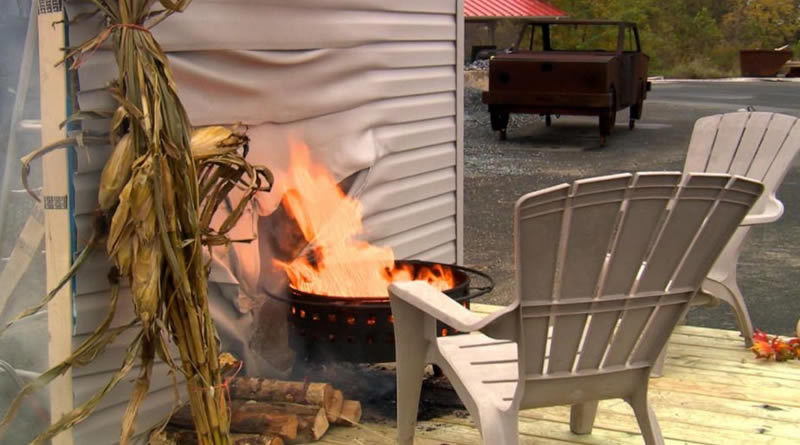Risks of Outdoor Living and How to Prevent Them
Living in the great outdoors offers a sense of freedom and a connection with nature that many people find invigorating. However, it is important to be aware of the potential risks that come with outdoor living and take necessary precautions to prevent accidents and ensure safety. In this article, we will explore the risks associated with outdoor living and discuss ways to mitigate them.
1. Wildlife Encounters
One of the inherent risks of outdoor living is the potential for wildlife encounters. While these encounters can be awe-inspiring and enriching, they can also be dangerous if not handled properly. To minimize the risks, it is essential to research and understand the local wildlife, their behaviors, and any potential hazards they may pose. Following guidelines for wildlife interaction, such as keeping a safe distance, storing food properly, and avoiding direct contact, can help prevent unfortunate incidents.
2. Adverse Weather Conditions
Outdoor living exposes individuals to various weather conditions, ranging from extreme heat to severe storms. It is crucial to stay informed about the local weather forecast and be prepared for changes in weather patterns. Carrying appropriate clothing and gear, such as raincoats, hats, sunscreen, and sturdy footwear, can help protect against the elements. Additionally, having a reliable shelter that can withstand adverse weather conditions is essential for seeking refuge when needed.
3. Outdoor Hazards
The natural environment poses certain hazards that can be mitigated with awareness and caution. These hazards may include uneven terrain, slippery surfaces, falling branches, and poisonous plants. Taking care to observe surroundings, avoiding unknown or risky areas, and wearing appropriate footwear with good traction can help prevent accidents. It is also advisable to learn basic first aid skills to address minor injuries promptly.
4. Fire Safety
Outdoor living often involves activities such as camping and cooking over open flames. Fire safety is paramount to prevent accidents and wildfires. It is important to follow local fire regulations, use designated fire pits or stoves, and never leave fires unattended. Properly extinguishing fires before leaving the area and ensuring all flammable materials are stored safely are crucial steps in fire prevention.
5. Hygiene and Sanitation
Maintaining hygiene and sanitation practices is essential for staying healthy during outdoor living. Proper handwashing, disposing of waste appropriately, and using sanitation products like biodegradable soaps and hand sanitizers can help prevent the spread of germs and minimize environmental impact. Following Leave No Trace principles, such as packing out trash and human waste, is crucial to preserve the natural environment and protect wildlife.
By being aware of these risks and taking necessary precautions, individuals can enjoy the benefits of outdoor living while minimizing potential dangers. It is important to remember that each outdoor environment is unique, and adapting safety measures to the specific location and circumstances is essential.
In conclusion, outdoor living comes with its own set of risks, but with proper knowledge, preparation, and responsible behavior, these risks can be mitigated. By being informed about wildlife, preparing for adverse weather conditions, being cautious of outdoor hazards, practicing fire safety, and maintaining hygiene and sanitation, individuals can experience the joys of outdoor living while staying safe and protected.
Let us embrace the beauty of nature while prioritizing our well-being and taking proactive steps to prevent accidents. Outdoor living can be a fulfilling and transformative experience when approached with awareness and respect for the environment.




